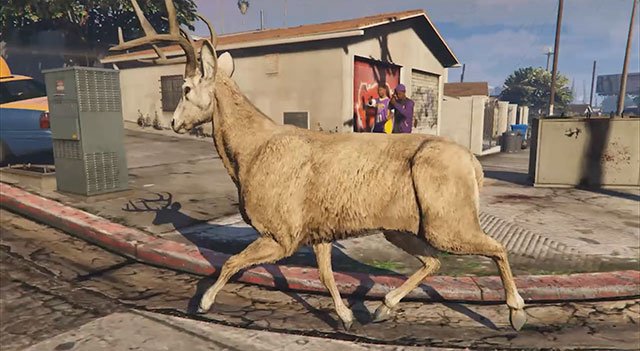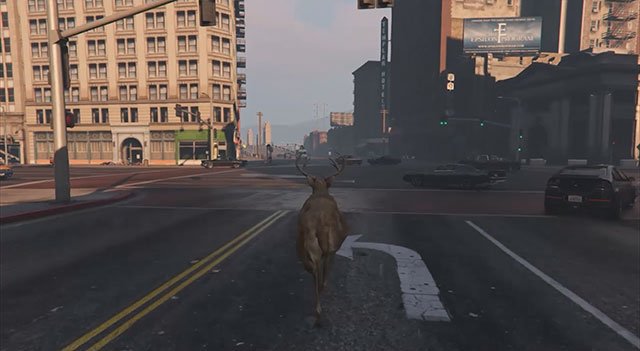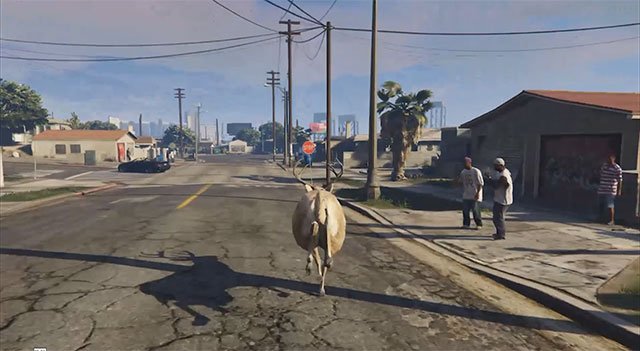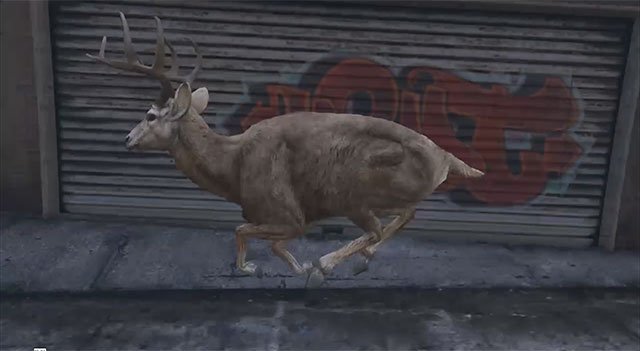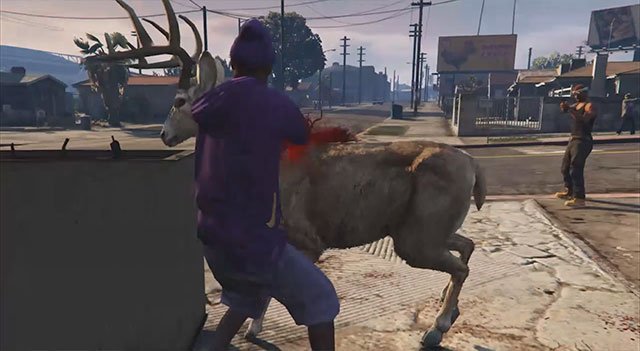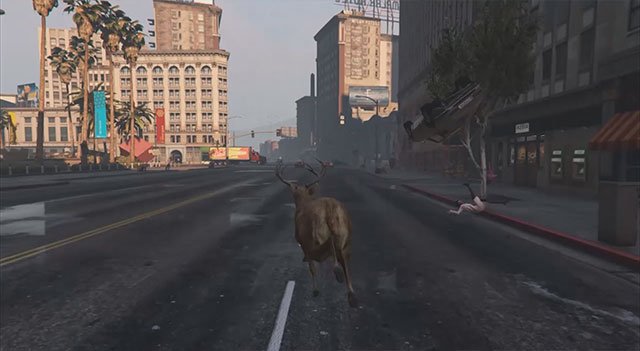Freeroam À Rebours, Mod#I.1
digital video, color, sound, 16’ 13”, 2016-2017, Germany
Created by Stefan Panhans and Andrea Winkler
Freeroam À Rebours, Mod#I.1 is a 16-minute video work combining experimental film, music video, performance, and contemporary dance which examines the stilted behaviors and motions of avatars controlled by humans in video games. The avatars demonstrate awkward gestures, repetitive motions, and failures to perform actions. Groups of live dancers and actors physically reenact these movements in a series of situations. Their bodies recreate the avatars’ gestures and repetitions. The performers interact with constructed sets and environments that resemble video game aesthetics. The scenes cut rapidly between the choreographed reenactments and footage excerpted from the games, literally juxtaposing the human and the post-human.
Stefan Panhans and Andrea Winkler explore contemporary media and its effects on the mind and body through video, photography, installation, and text. Panhans (born in Hattingen, Germany) undertakes a mental archaeology of hyper mediatization and digitalization, examining their influence on the mind and power relations in society. His work also engages with racism, celebrity worship, stereotypes, and diversity. He studied at Hochschule für Bildende Künste Hamburg. Winkler (born in Fällanden, Zurich, Switzerland) examines similar themes through sculpture, video, and installation. She studied at Slade School of Fine Art in London under John Hilliard and Bruce McLean, after completing a degree in Visual Communication at Hochschule für Bildende Künste Hamburg under Wolfgang Tillmans and Gisela Bullacher. Together, the duo create interdisciplinary works that critically investigate contemporary media culture and human-technology interactions through experimental aesthetics. Their collaborations take the form of video, performance, and installation.



